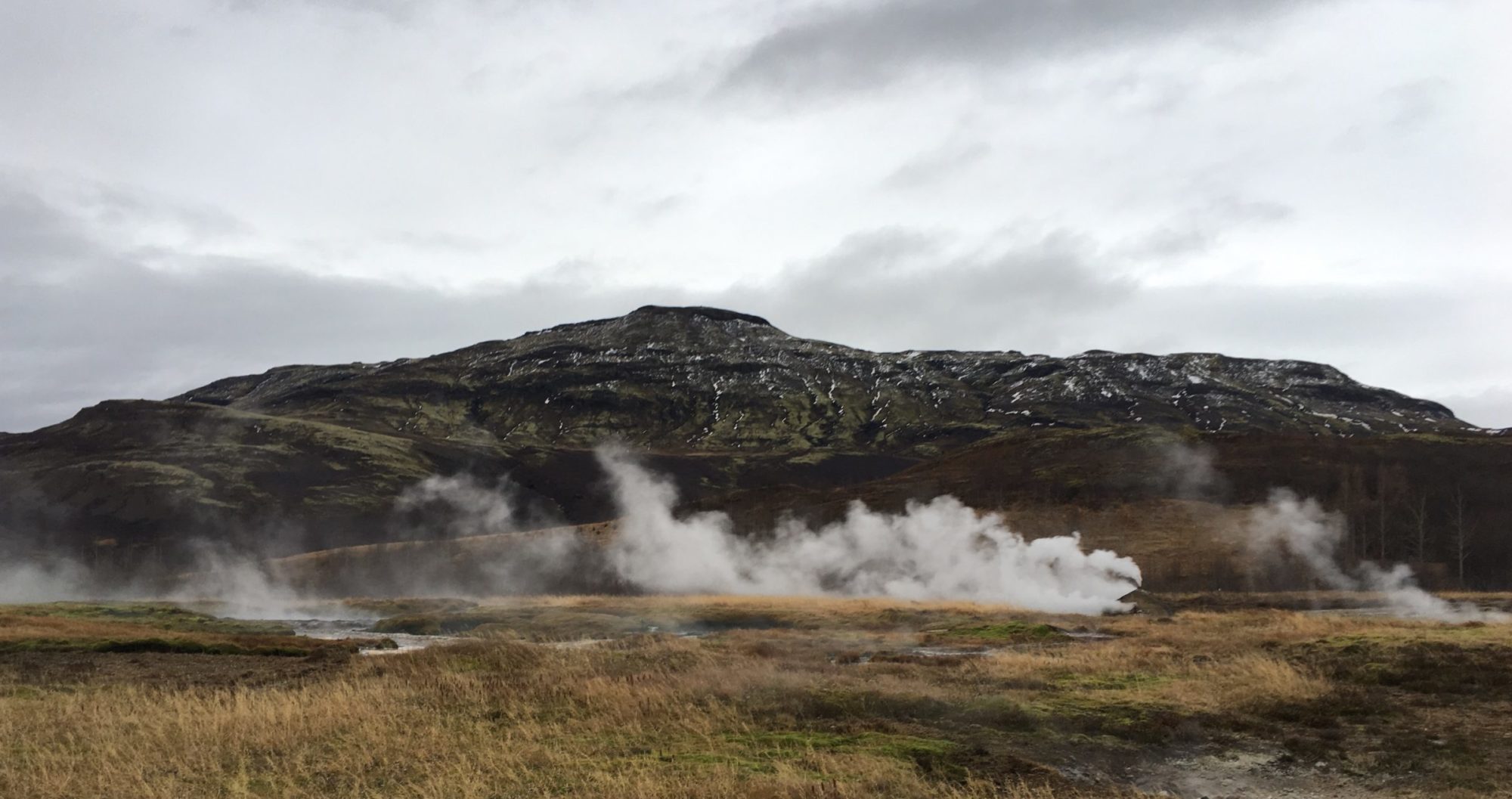What did the author do well?
This book was jam packed with information. The book combines many fields, such as physiology, evolution, philosophy, and many more. The chapters were very thorough in explaining concepts to an unfamiliar audience. It was very clear that Ashcroft is a physiology professor at Oxford through the well explained physiology in understandable terms.
The book also had anecdotal stories and important photos. The incorporation of quotes from important figures throughout the book helped to visualize the different sickness or dangers associated with these extremes. Specifically, the quote from a climber experiencing mountain sickness set a very clear image of what this sickness would feel like.
The organization of the book into the seven chapters provides a nice layout that touches on a wide range of extreme conditions, from the bottom of the ocean to outer-space. The inclusion of natives and their adaptations to these environments was much appreciated in the investigation of how some organisms can survive such extremes. It was also very useful comparing other species, such as birds in regard to flight and sperm whales in regard to the bends, as it gives a better understanding of what humans lack that prevent us from thriving in these situations.
What did the author do wrong?
Some parts of the book were a little too detailed, such as the chemical explanations of respiration and hemoglobin function. At points, this book reads more like a textbook chockfull of academic jargon.
Ashcroft also included personal anecdotes which were often unnecessary and even arrogant. For example, Ashcroft mentions how Robert Boyle developed his pressure x volume = constant law in “his Oxford laboratory, which lies not far from my own.”
I also do not believe the author did a great job at explaining the gender differences in regards to performance. In 2003, the IOC approved a guideline that a transgender athlete must have a reassignment surgery and at least two years of hormone therapy to compete. This book was published in 2000, so although this topic has picked up a lot of traction recently, it had already been a major topic of discussion. In the book, this section takes up only about a page and a half meanwhile performance enhancing drugs takes up almost 5 pages. I think the topic of gender differences in performance could have been greatly expanded on as it is a very important issue in society and education on this topic would be very beneficial for the public.
There were mention of some of the extremophile organisms having applications in cleaning up waste and toxins. This left me with questions of how it works, what is the current extent of use, what are side effects of this, and many more. I would have liked for the book to expand on the application of these organisms in cleaning up the environment.
